As the first standalone racing game available for early adopters of the PlayStation VR headset, DriveClub VR has a lot to live up to – especially with Gran Turismo Sport still out of the race on PlayStation 4. This will also be many people’s introduction to VR racing, so if the experience is subpar at best or vomit-inducing at worst, it could leave a negative lasting impression of VR racing games when the technology has the potential to transform the genre.
For PSVR headset owners, DriveClub VR is also an enticing proposition because, unlike most PSVR launch titles, it isn’t a short-lasting “experience” or a throwaway tech demo – this is a full-fat game, with over 80 cars, dozens of tracks and the same online club component that made the original DriveClub so compulsive.
It’s a shame, then, that DriveClub VR is completely detached from the main game. Available only as a standalone game, players who poured hundreds of hours into DriveClub’s lengthy campaign may be disgruntled to find they have to start again from scratch in an underpowered Volkswagen Beetle. Even so, at £30 DriveClub VR still offers far better value than most first party PSVR games like RIGS. DriveClub season pass owners will also receive a discount cutting the cost by half. It’s a generous gesture that makes DriveClub VR seem more like an upgrade for existing players, but an option to transfer progress would have been welcome.
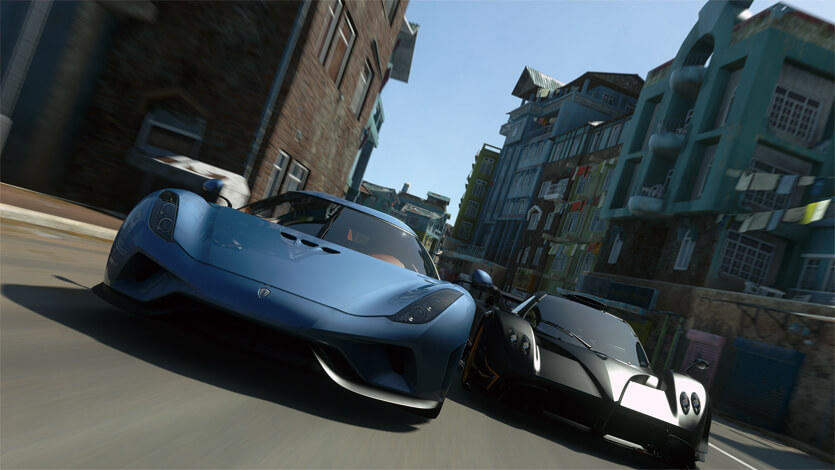
Perhaps mindful that previous players will get a strong sense of déjà vu, DriveClub VR’s career is shorter, and progression has been sped up so it doesn’t take as long to unlock some of the more desirable cars. The career structure is identical, however, featuring the same mix of single races, tournaments, time trials and drift events. Earn enough stars by winning races and achieving specific objectives, and you’ll unlock more events. If you’ve already completed DriveClub, there’s little here to keep you invested – even the new urban locations have since been added to the main game for free.
Low visibility
Over two years after its original release, DriveClub is still one of the best-looking games on the system, with remarkably realistic lighting, impeccably detailed environments, and astonishing weather effects, even if its disastrous launch meant that it took a while before its merits became appreciated. Unfortunately, such splendor is sorely missing in DriveClub VR.
It’s clear that the developers had to make some serious compromises in DriveClub’s transition to VR to keep the game optimised at a higher frame rate – don’t forget that DriveClub was locked at 30fps, but PSVR requires games to run at 60fps. While it would be unreasonable to expect the same level of visual prowess as the original game, the drastically reduced fidelity in DriveClub VR is startling.
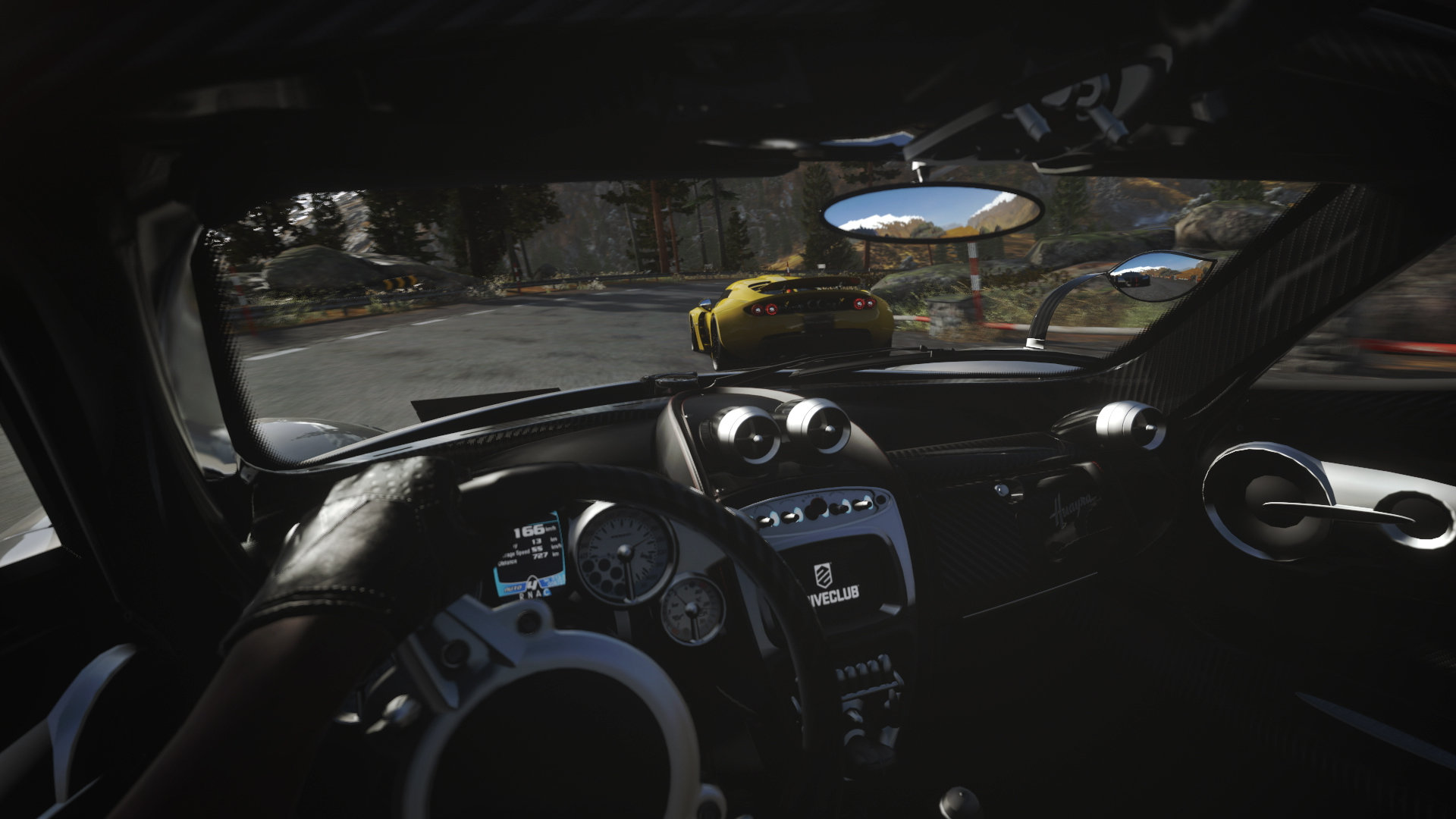
Overall clarity has suffered severely, giving the image a soft, unfocused look – don’t let the deceptively high-resolution screenshots fool you. At times, the image is so blurry you imagine it’s how people who wear glasses see the world without them. It’s the environments that have suffered the most, though: DriveClub’s exquisitely detailed locations have been reduced to a blurry mess of low-resolution textures, flat lighting, and trees that look like they were drawn in Microsoft Paint.
The number of trackside objects such as trees and fences has also been significantly reduced, and there are no crowds cheering you on which makes the environments even more barren and sterile. DriveClub wasn’t natively designed for VR, and DriveClub VR ultimately suffers for it.
Sadly, the list of compromises doesn’t end there. DriveClub’s remarkably realistic weather effects have been removed entirely – that means no dynamic rain or time of day changes. You can still set a time of day before you start, but it remains static throughout the race, which also means the volumetric clouds have been removed as well.
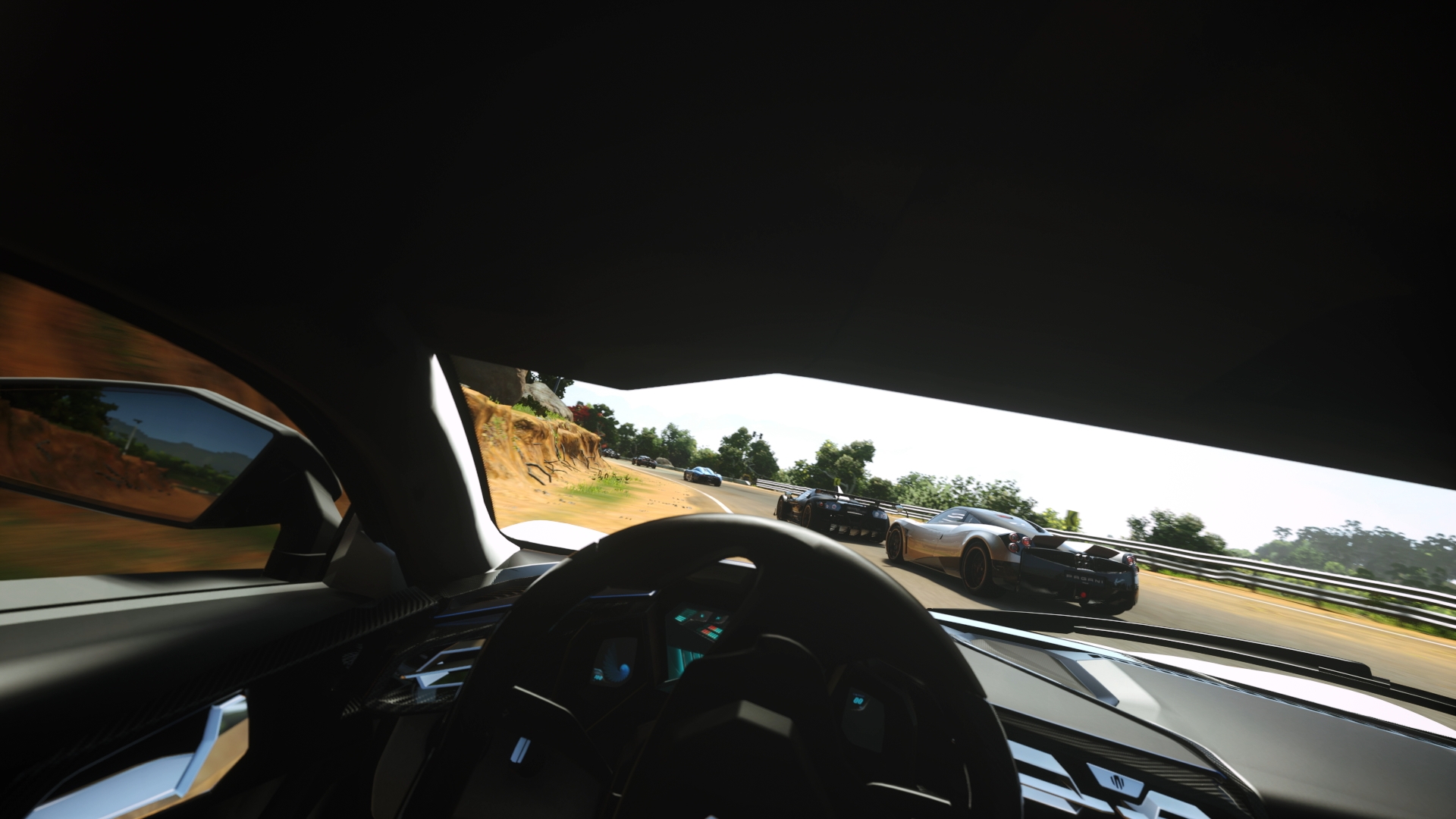
Races seem comparatively sparse, too, because the number of AI opponents has been reduced from 11 to seven, and even the audio effects have suffered presumably to accommodate the PSVR’s 3D audio – DriveClub’s deafening, roaring engines sound comparatively muted in VR.
While graphics are by no means the most important aspect in a racing game, these cutbacks are impossible to ignore because many of the features that set DriveClub apart are now missing. What hasn’t been compromised, however, is DriveClub’s excellent handling, which is still satisfyingly weighty but fun and accessible and brings back memories of Project Gotham Racing, making every car deliriously fun to drive. Hardcore handling, a feature added to the original game post-release, has also survived the transition for those wanting a more challenging drive.
Of course, the copious cutbacks highlight the limitations of the aging PS4. You would think, then, that the extra grunt of the PS4 Pro console would improve the fidelity significantly, but that sadly isn’t the case. Online videos showing DriveClub VR running on both consoles reveal a very negligible difference, which is disappointing when this is a game that could have taken advantage of the newer hardware.
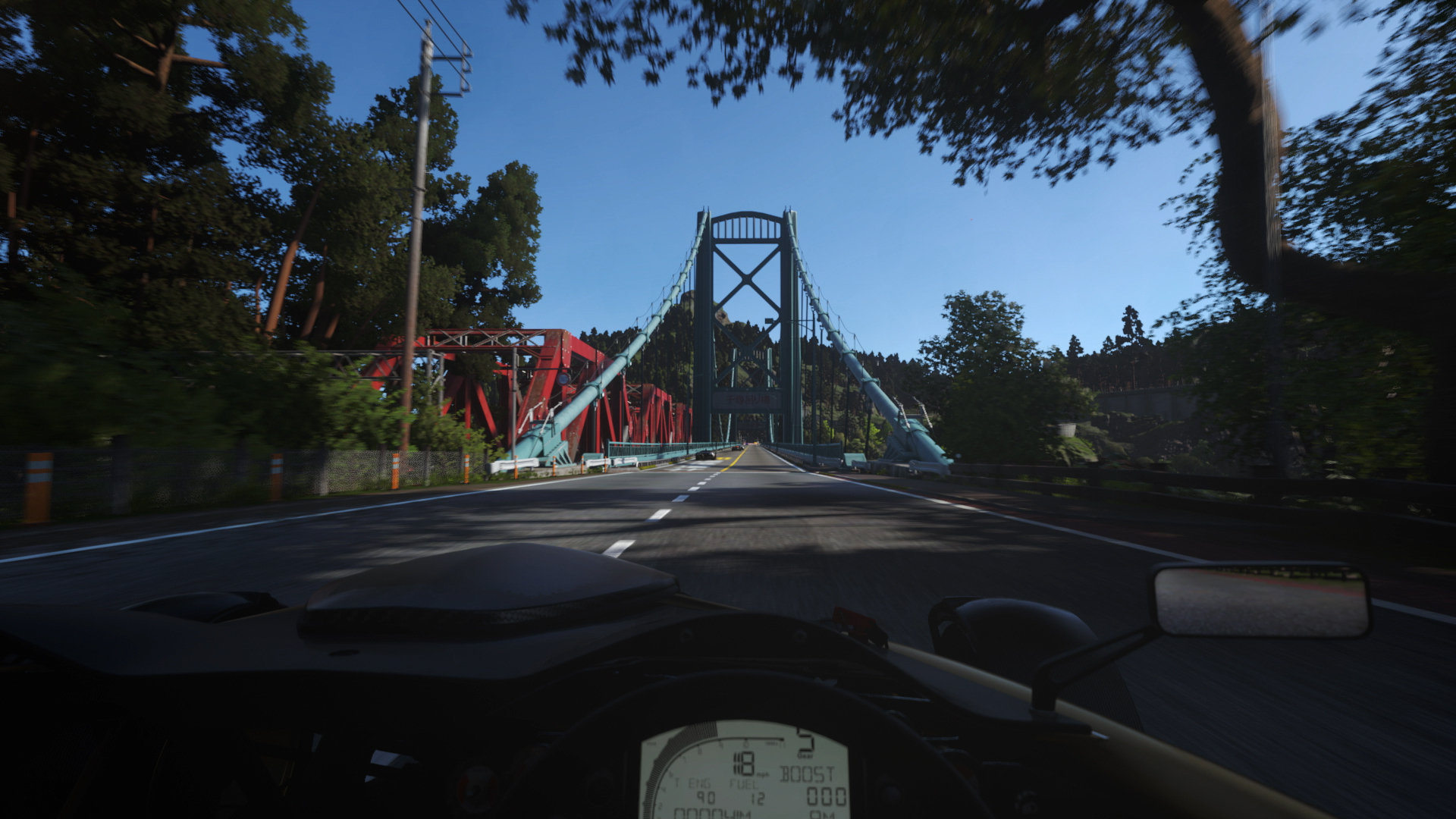
Hopes of seeing DriveClub running at 60fps have also been dashed as it’s been confirmed Sony has no plans of supporting it – but if these are the necessary compromises, a locked 30fps seems like a worthwhile trade-off. It’s a shame because you get the feeling that if Sony hadn’t have closed Evolution Studios so prematurely, DriveClub VR would have been a more polished game.
Eyes on the road
You won’t find quite as many cutbacks in the lovingly detailed interiors, however. The painstaking, and borderline obsessive effort Evolution put into recreating each car’s cabin is even more apparent in VR, but it’s a shame the reduced resolution means you can’t read the dials on the dashboard, no matter how hard you squint. Still, the detail on display is undeniably impressive – different materials such as leather and carbon fibre are distinctive, and you can even see the scuff marks left on the windscreen by the wipers.
Problem is, you spend most of your time looking at the road ahead, but because the texture pop-in is so prevalent, you can only see a few meters ahead of you which isn’t ideal in a racing situation as it makes it frustratingly difficult to anticipate approaching corners. This also puts extra strain on your eyes which can lead to headaches after extended play sessions. DriveClub VR probably should have come with pre-packed paracetamols as standard.
As you may have gathered by now, DriveClub VR is nowhere near as visually dazzling as the original game. If you can look past that, however, it makes a very convincing case that racing games are the perfect platform for VR. Play DriveClub VR with the cockpit view (you can also use the external views in VR, but this isn’t recommended) and the immersion in VR is simply incredible – never has a racing game replicated the feeling of being sat inside a swanky supercar so convincingly.
Don’t be surprised if you spend several minutes looking around the cabin in awe and marveling at all the details, right down to the stitching weaved onto the leather seats, or the plush carbon fibre dashboard in a Koenigsegg. We take cockpit views for granted in racing games, but the sense of scale and presence VR provides completely transforms the experience.
Beyond the cockpit view, Evolution has also come up with some commendably creative ways to immerse you into the world of DriveClub. Before each race, you can open the doors, move your seat forward and adjust the driving position to your preference, just as you would in a real car. The menus take full advantage of VR, too: when a race ends, you get to view the race from the perspective of a spectator sat beside the track watching cars speed past you.
It’s a similar story out on the track. Driving in VR offers advantages that aren’t possible when playing on a TV. Being able to actively look into corners allows yo to hit apexes and stick to the racing line more precisely, thus potentially improving lap times. You also get a much better sense of your track position in relation to your competitors: once you start to intuitively glance at your mirrors and block your opponents, or stare at them as they go for the overtake alongside you, the novelty never wears off. Add a racing wheel to the setup, and it’s surprisingly difficult to readjust to the restrictions of a TV.
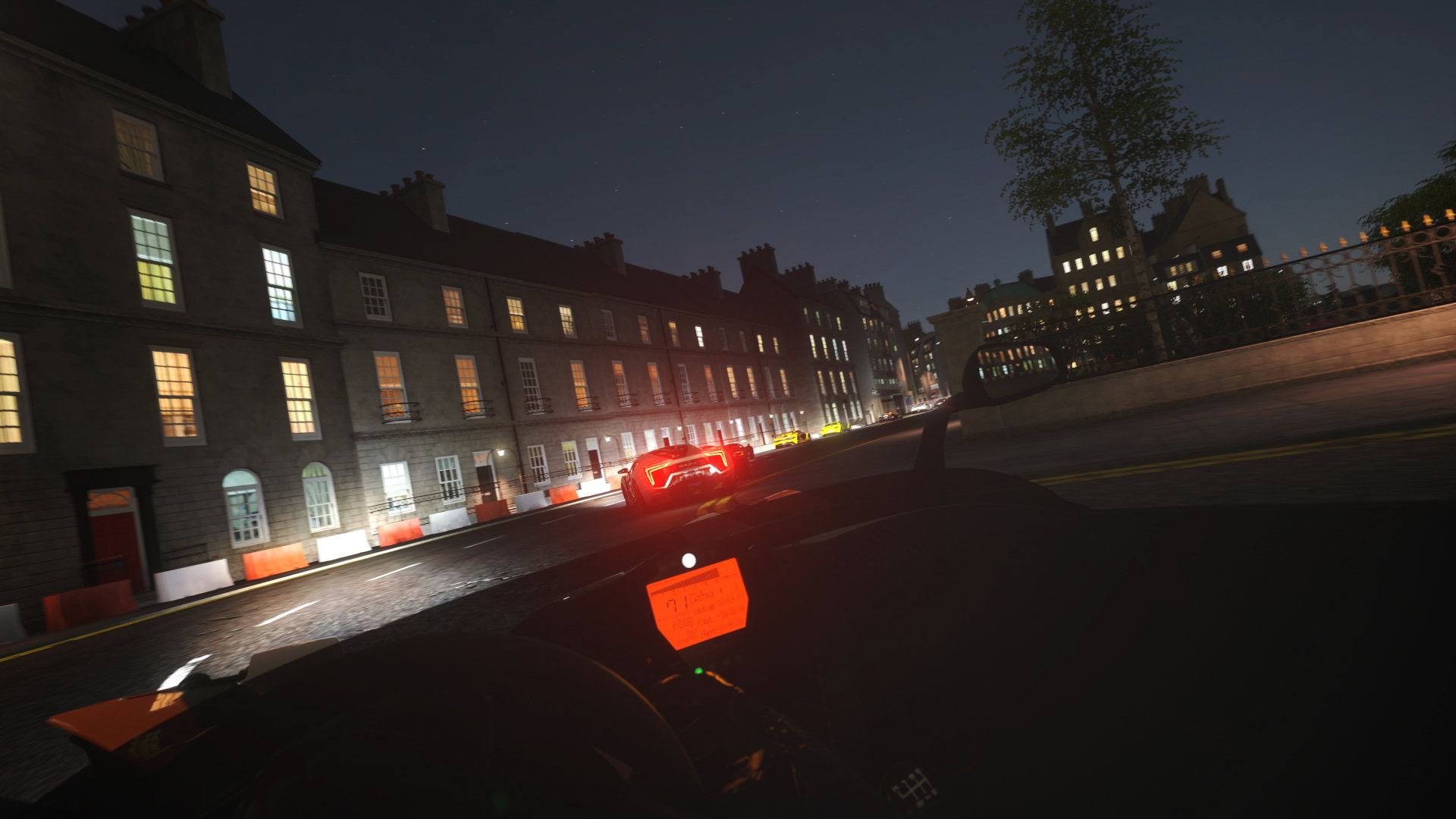
The sense of speed is greatly enhanced too – providing you can stomach it, that is. Unfortunately, motion sickness in VR games is an inevitable issue for some. In theory, though, the risk should be minimised in racing games. Since you’re sat in a closed cockpit in-game and sat down in real life, there shouldn’t be any disparity that confuses your brain, unlike in first person shooters where you’re walking on-screen but seated in real life.
Many have reported experiencing motion sickness in DriveClub VR, however. Ultimately, people’s tolerance to virtual reality will vary since it’s still a new technology, but it’s worth trying out the DriveClub VR demo to see if you can stomach it. While the game didn’t cause me to chuck up my breakfast, I did experience some discomfort after prolonged plays: playing for around an hour without a break left me with a headache and feeling slightly nauseous.
Tracks with frequent elevation changes also tended to be more stomach churning. DriveClub VR is best played in short sessions to alleviate the risk, making it a game some simply won’t be able to play comfortably. Of course, you could argue that some people feel sick after being thrown around during a vigorous high-speed drive – just as Chris Evans found out in Top Gear.
Taking further advantage of the technology, there are also a handful of VR-only exclusive features in DriveClub VR: Virtual Passenger lets you sit in the passenger seat during replays, while Cruise Mode takes over the driving and allows you to soak in the surroundings of each environment at a leisurely pace, but it only highlights the tarnished texture quality. Granted, these are novelty gimmicks that do little to enhance the gameplay in any meaningful way, but they do help distinguish DriveClub VR as a separate game, rather than a straight port.
DriveClub VR’s drastically downgraded visuals and over-familiar format make it difficult to recommend it over the original – particularly when only a small selection of players are likely to be able to play it without experiencing headaches of feeling sick.
That said, the incredible immersion DriveClub VR offers brilliantly showcases the potential of virtual reality racing, but it also highlights the limitations of current console hardware to realise that potential. Still, if you need convincing that VR will eventually revolutionise racing games, you need to take DriveClub VR for a spin – just don’t forget your headache tablets.
Our Review
Summary
DriveClub VR’s drastically downgraded visuals and over-familiar format make it difficult to recommend it over the original – particularly when only a small selection of players are likely to be able to play it without experiencing headaches of feeling sick. That said, the incredible immersion DriveClub VR offers brilliantly showcases the potential of virtual reality racing, but it also highlights the limitations of current console hardware to realise that potential. Still, if you need convincing that VR will eventually revolutionise racing games, you need to take DriveClub VR for a spin – just don’t forget your headache tablets.














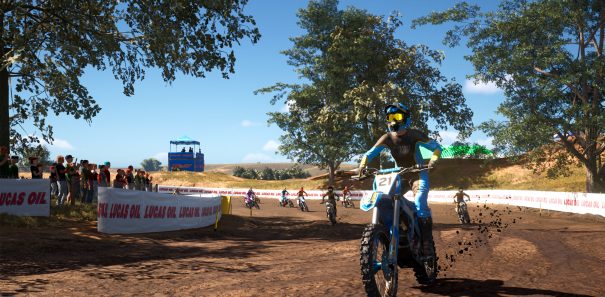

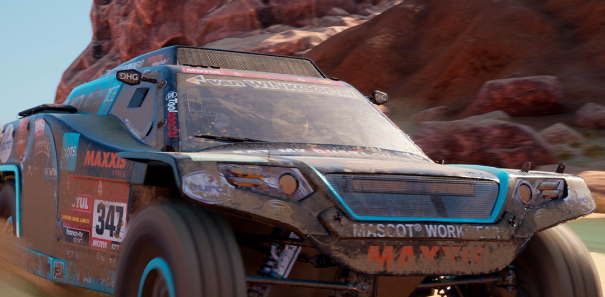

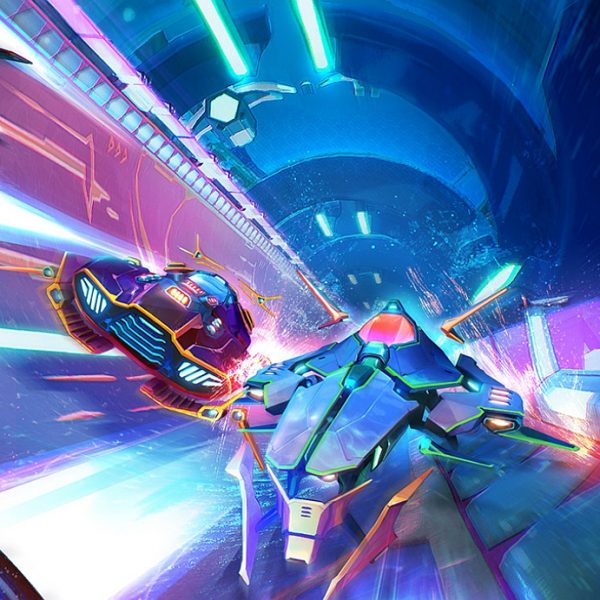








Unfortunately the game was completely unplayable for me. I got severe motion sickness and eye strain playing the game. It’s a shame, cos it really was one of the reasons I got PSVR. I’ve since sold the hardware.
I sold it before Gran Turismo came around, but I’m too confident it would be much better. I’ll wait for a new generation of hardware before trying VR again.
I’ve yet to buy this because of the harsh visuals/ motion sickness, I’ll pick it up though when I have enough time to invest into the game 🙂